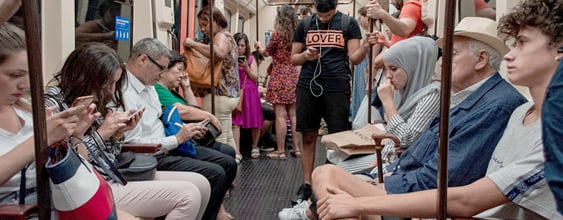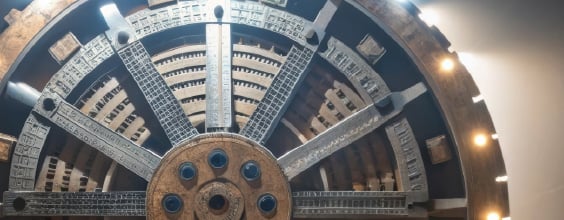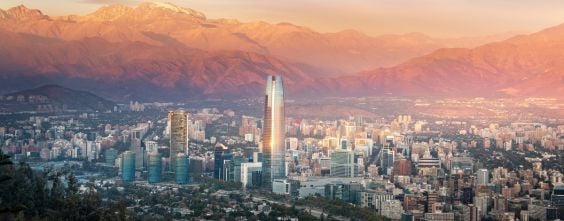Modern lighting treatments are an important part of urban design and planning. By improving visibility when the sun winks below the horizon, they can boost feelings of safety and security – while reducing the risk of accidents and injuries and adding ambience to urban settings
Lighting features in the Ministry of Justice’s National Guidelines for Crime Prevention through Environmental Design (CPTED) for good reason. It reduces the opportunity for crime and makes people feel safer. It heightens passive surveillance, or ‘eyes on the street’, and sends a subtle signal that urban spaces are valued and protected by the community.
The right light works too! A systematic review of UK and American studies published by international social science research network the Campbell Collaboration found that improved street lighting reduced crime by 21 percent.
Lighting a public space isn’t quite as straightforward as screwing in a few bulbs. It may seem counterintuitive, but brighter also isn’t better. Turns out, the opposite is true, with research from Australia showing that bright, over-lit spaces don’t make women and girls feel safer.
That same piece of Australian research found that consistent, layered lighting is the best way to enhance feelings of safety and security. Here, multiple light sources reduce the potential for floodlighting and glare that can quickly overwhelm the human visual system.
Thanks to advances in lighting technology and computer-aided tools for better measuring light distribution, our understanding of how to create illuminating night-time experiences for everybody is improving in leaps and bounds.
An example of where this has been done well is Auckland’s award-winning Nelson Street Cycleway, Te Ara I Whiti. Known as The Lightpath, it’s lined with hundreds of LED (Light Emitting Diode) mood lights. In another fitting example, CPTED lighting principles have been used with success on Hamilton's new State Highway 21 underpass.
Well designed and illuminated facilities like these encourage people to get out and about, interact with one another, and embrace carbon-friendly active modes of travel. Interestingly, urban lighting approaches can also be used to influence how people act - for example, by introducing lighting that encourages pedestrians to walk and cross the road at the right places. In yet another benefit, studies have even shown that the intensity and distribution of urban lighting can influence people’s emotions.
Low glare LED lighting is now being widely used in many urban areas. The benefit of bathing in the warm glow of this kind of light extends well beyond feelings of safety and wellbeing. WSP has researched the health, and environmental impacts of LED street lighting. It reduces light pollution, results in energy and carbon savings for city administrators, and can do wonders for local ecosystems.
Since it started installing LED streetlights in 2012, light pollution has reduced in Christchurch. The city has saved $1.5 million and cut its annual carbon footprint by more than 1,100 tonnes. Studies by the National Institute of Water and Atmospheric Research have found that less flying insects are being attracted and disrupted by Christchurch’s new lighting too.
With all the evidence and technology now at our fingertips, it’s clearer than ever that lighting can contribute to strengthening the experience of cities at night. That’s something worth encouraging because, after all, there’s no good reason our public spaces need to shut down after sundown – they can (and should) be vibrant places, day and night.














